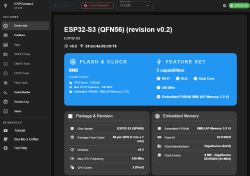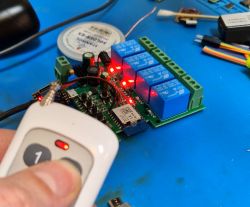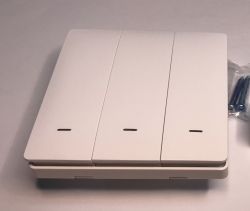Hello.
I have a problem that I have been struggling with for a long time.
I have 4 PCF8574 i2c modules hooked up under the NodeMCU.
2 of them I use as output, another 2 as input.
Everything works as expected when I connect the chip to USB with the buttons not pressed. The problem occurs when during power-up - connecting to USB - one of the buttons connected to the PCF input pins is pressed, i.e. shorted to GND, then the program does not respond at all.
Input pins pulled up with 10k resistors to VCC. Status readout using an interrupt.
I tried setting the ports as outputs first, but nothing helps.
.
I have a problem that I have been struggling with for a long time.
I have 4 PCF8574 i2c modules hooked up under the NodeMCU.
2 of them I use as output, another 2 as input.
Everything works as expected when I connect the chip to USB with the buttons not pressed. The problem occurs when during power-up - connecting to USB - one of the buttons connected to the PCF input pins is pressed, i.e. shorted to GND, then the program does not respond at all.
Input pins pulled up with 10k resistors to VCC. Status readout using an interrupt.
I tried setting the ports as outputs first, but nothing helps.
Code: C / C++






